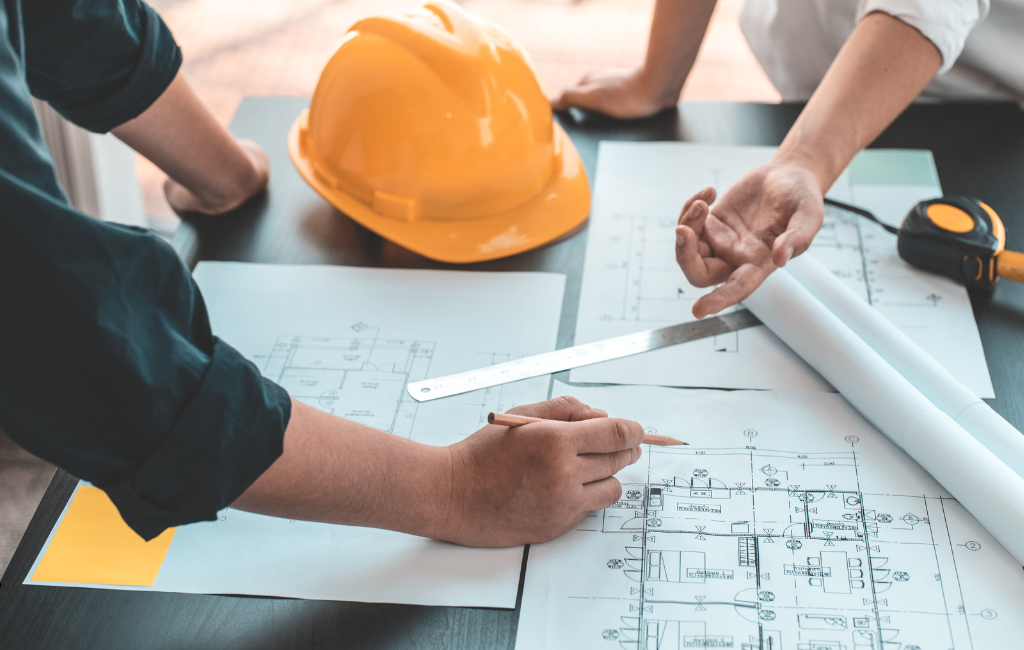
Architect for Urban Development
-
Table of Contents
- Architect for Urban Development
- Role of Architects in Urban Development
- Case Study: The High Line in New York City
- Challenges Faced by Urban Architects
- Example: Affordable Housing Initiatives
- Impact of Sustainable Design
- Case Study: Bosco Verticale in Milan
- Collaboration with Urban Planners
- Example: Curitiba, Brazil
- Future Trends in Urban Architecture
- Example: Smart City Initiatives
- Conclusion
Architect for Urban Development
Urban development is a multifaceted field that requires the expertise of architects to create functional, sustainable, and aesthetically pleasing environments. Architects play a pivotal role in shaping cities, influencing everything from the layout of streets to the design of public spaces. This article explores the responsibilities, challenges, and impact of architects in urban development.
Role of Architects in Urban Development
Architects are responsible for designing buildings and spaces that meet the needs of urban populations. Their work involves:
- Creating blueprints and plans for new constructions
- Renovating and repurposing existing structures
- Ensuring compliance with zoning laws and building codes
- Incorporating sustainable practices and materials
- Collaborating with city planners, engineers, and other stakeholders
By addressing these tasks, architects contribute to the overall functionality and appeal of urban areas.
Case Study: The High Line in New York City
The High Line is a prime example of successful urban development. Originally an elevated railway, it was transformed into a public park by architects James Corner Field Operations and Diller Scofidio + Renfro. This project revitalized the surrounding neighborhoods, increased property values, and provided a green space for residents and visitors.
Challenges Faced by Urban Architects
Urban architects encounter numerous challenges, including:
- Balancing historical preservation with modern needs
- Addressing the housing crisis and affordability issues
- Mitigating the environmental impact of construction
- Adapting to changing demographics and urbanization trends
- Managing limited budgets and resources
These challenges require innovative solutions and a deep understanding of urban dynamics.
Example: Affordable Housing Initiatives
In cities like San Francisco, architects are working on affordable housing projects to address the housing crisis. Firms such as David Baker Architects have designed mixed-use developments that provide affordable units while integrating community spaces and sustainable features.
Impact of Sustainable Design
Sustainability is a key consideration in urban development. Architects are increasingly incorporating green building practices to reduce the environmental footprint of urban areas. This includes:
- Using renewable energy sources
- Implementing water-saving technologies
- Incorporating green roofs and walls
- Designing for energy efficiency
- Promoting public transportation and walkability
These practices not only benefit the environment but also improve the quality of life for urban residents.
Case Study: Bosco Verticale in Milan
The Bosco Verticale, designed by Stefano Boeri Architetti, is a pair of residential towers in Milan that feature extensive vegetation. This project demonstrates how sustainable design can be integrated into high-density urban environments, providing benefits such as improved air quality and biodiversity.
Collaboration with Urban Planners
Architects often work closely with urban planners to create cohesive and functional urban spaces. This collaboration involves:
- Developing master plans for city growth
- Designing public infrastructure and amenities
- Ensuring accessibility and inclusivity
- Promoting economic development
- Enhancing the aesthetic appeal of urban areas
Effective collaboration between architects and urban planners is essential for the successful development of cities.
Example: Curitiba, Brazil
Curitiba is renowned for its innovative urban planning, which involved close collaboration between architects and planners. The city’s Bus Rapid Transit (BRT) system, designed by architect Jaime Lerner, has become a model for sustainable urban transportation worldwide.
Future Trends in Urban Architecture
The field of urban architecture is constantly evolving. Some emerging trends include:
- Smart cities and the integration of technology
- Adaptive reuse of existing structures
- Resilient design to withstand climate change
- Community-driven development projects
- Emphasis on health and well-being in design
These trends reflect the changing needs and priorities of urban populations.
Example: Smart City Initiatives
Barcelona is a leader in smart city initiatives, incorporating technology to improve urban living. Projects such as smart lighting, waste management, and traffic monitoring showcase how technology can enhance the efficiency and sustainability of cities.
Conclusion
Architects play a vital role in shaping the future of urban environments. Through innovative design, sustainable practices, and collaboration with other professionals, they create spaces that meet the needs of growing urban populations. As cities continue to evolve, the expertise and creativity of architects will be essential in addressing the challenges and opportunities of urban development.
- Finest Mushroom Coffees for Professional Athletes: Fueling Efficiency Naturally
- The Increase of Mushroom Coffee: Checking Out the very best Brand Names Readily Available
- Handling Your Dog’s Arthritis with CBD: A Pet dog Proprietor’s Guide
- From Barking to Blissful: Making Use Of CBD to Battle Pet Dog Stress And Anxiety
- .” Spotlight On Female Entrepreneurs Making Waves In The Fungi Beverage Industry!”